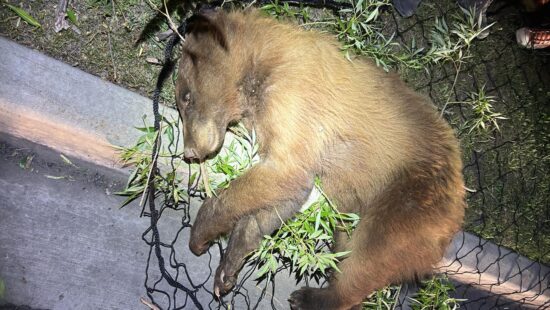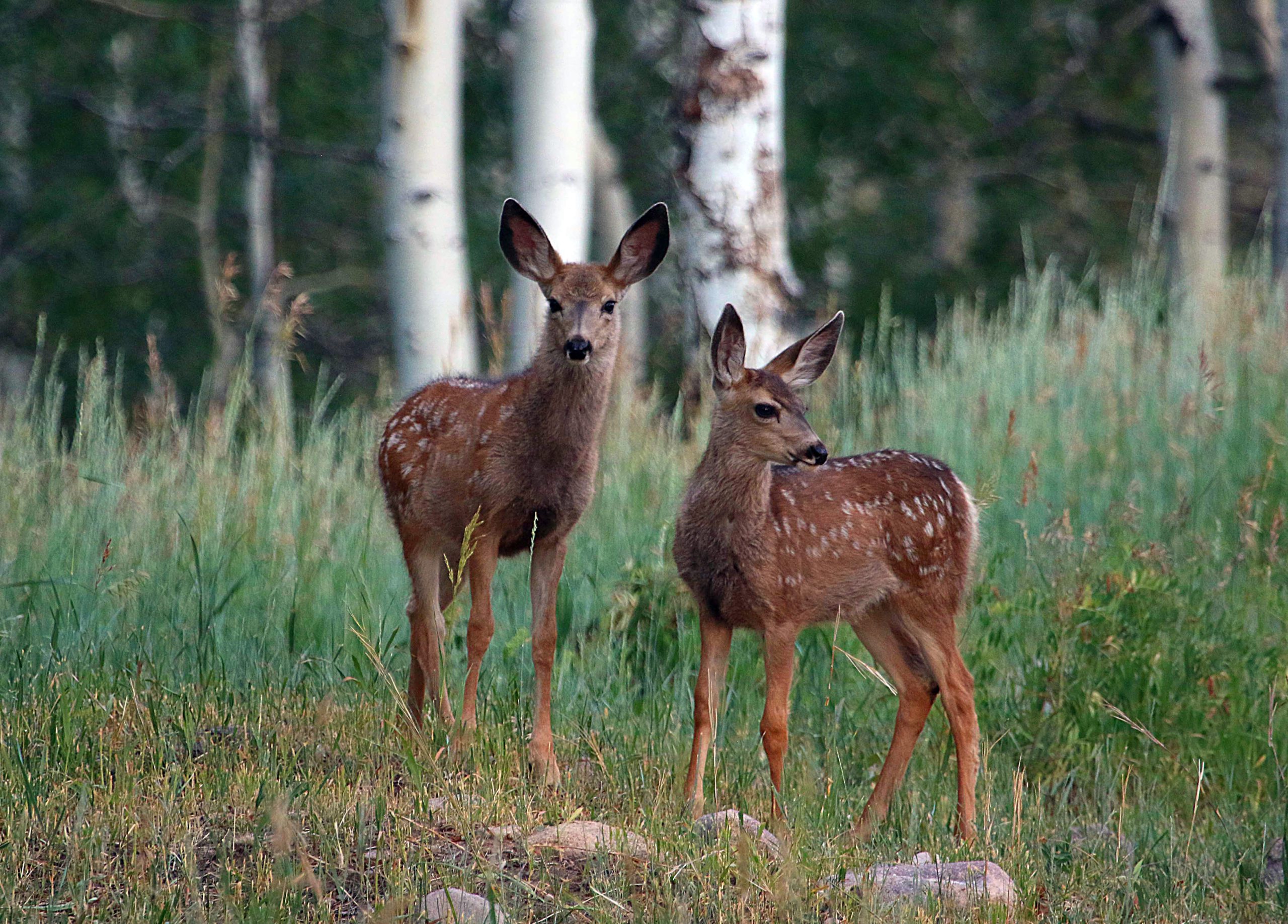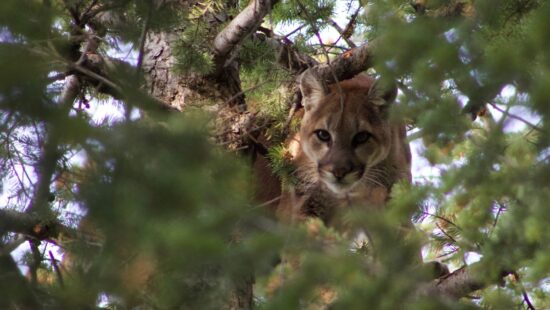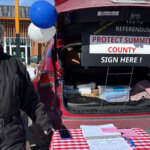News
Sharing your yard: snakes
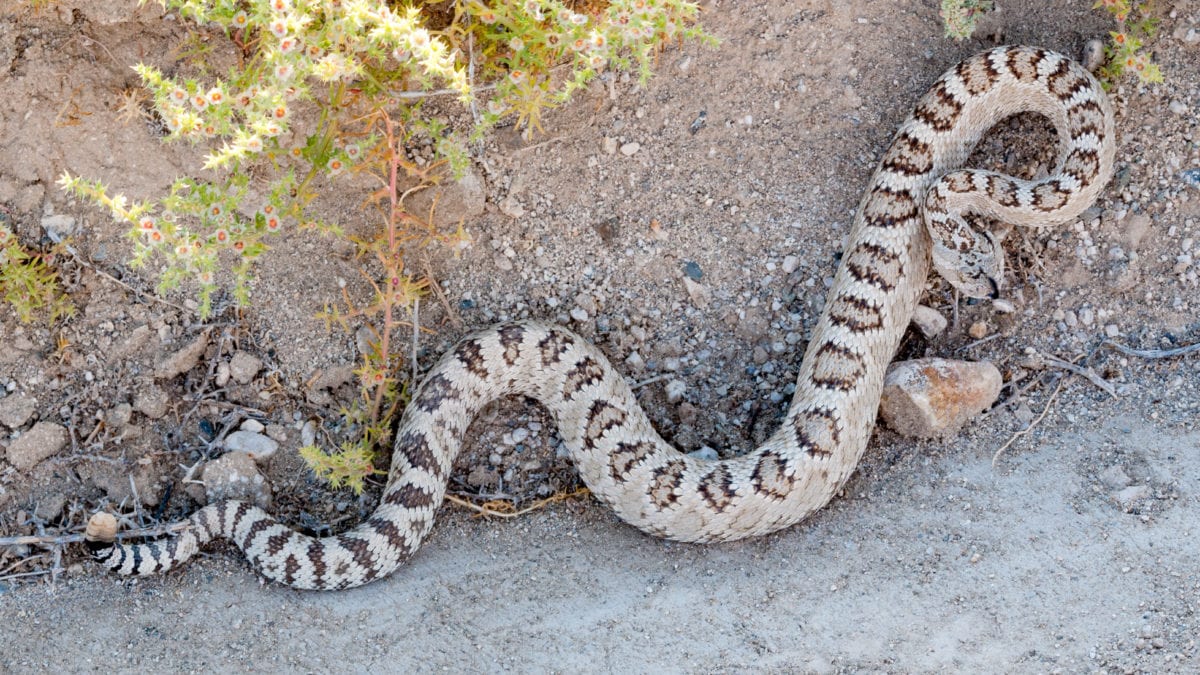
The Great Basin rattlesnake is common throughout Utah, but rare to see in Park City. Photo: courtesy Tom Becker and DWR.
PARK CITY, Utah. – Wildlife awareness doesn’t just apply to our friends with fur and four legs. Utah has a very diverse reptile population. Drew Dittmer, native species coordinator and herpetologist with the Utah Division of Wildlife Resources, has all the information on our scaled legless cohabitants.
“There’s probably like six to eight species of snakes [in Park City] that people could see,” said Dittmer. “The common garter snake and the western terrestrial garter snake are both kinds that people are likely to encounter.”
Garter snakes are non-venomous and have been spotted on or slithering across hiking and biking trails.
Dittmer also mentioned rubber boas might be in the Park City landscape. These snakes are also non-venomous and, like other boas, kill their prey by constriction.
There is one venomous snake that someone is unlikely to encounter in Park City, but is still a possibility, which is the Great Basin rattlesnake. “Great Basin rattlesnake is mostly found in the Wasatch front and the Uintas to some degree, and most of the Great Basin,” said Dittmer. “I haven’t heard of much den activity or people seeing rattlesnakes up in Park City, but in the Wasatch front as a whole, [they’re] very common, especially in the springtime. It’s one of the most common rattlesnakes people could encounter hiking up City Creek Canyon or Middle Creek Canyon, Cottonwood Canyon.”
Wildlife 101 teaches, if you don’t bother it, then it won’t bother you.
“I actually encourage a lot of people to watch the rattlesnake. If you’re six feet or more away, it’s perfectly fine to watch it,” he said. “Admire it and just enjoy it. They are a great complement to our state’s diversity. And with some very simple rules, everyone can interact safely with rattlesnakes and actually enjoy their presence.”
“As the only venomous ones [in the area], they’re not known to be aggressive snakes, and bites from them are very rare. Most people who get bit by rattlesnakes, in the entire U.S., let alone Great Basin Area, are people that try to kill it, interact with it, or pick it up. So, if you hear the rattlesnake or see it, simply don’t touch it and stay six feet away or so, you’ll be fine.” Dittmer also assures that anyone able to be out on a hike or walk in nature can outrun a snake.
Snakes generally eat small mammals like rodents, squirrels, mice, voles, small rabbits, etc. They also will eat things like slugs, small frogs, and other invertebrates. They are most active in the spring and summer months when they can thermoregulate consistently with sun and shade as well as hunt.
Snake dens, where snakes gather for the winter to avoid freezing, can be naturally occurring or man-made like piles of rocks or firewood. These environments can be welcoming to snakes as shelters. Especially in south-facing areas that get plentiful sunshine.
“People that have moved into their homes and are worried about snakes taking up residence, I would say if [the snake is] not roused, don’t worry about it. It’s just a snake in your yard doing its own thing…They’re not going to cause any problems, and if you’re a gardener, they might actually be somewhat beneficial.”
If the worst-case scenario happens and there is a venomous snake bite, don’t follow the old wives’ tale and try to suck the venom out. Dittmer suggests that the only correct procedure to follow is to get the affected persons to the hospital.
“I’ll say in most cases unless you have some other health concern, if you’re an otherwise healthy individual, you have hours [to get treatment]. You could be quite remote, Utah’s very rural state, so people can be quite far from the hospital sometimes, but you do often have hours after being bit by a snake to seek treatment. If you’re bitten by a rattlesnake, you need to, preferably, find someone to drive you to the hospital. If you have to drive yourself, then you should drive to the closest place where you can meet up with an ambulance or call 911 and make sure you are securing transport to the hospital. If you’re bitten at your own home, sit in a chair, relax and try to slow your heartbeat, heartbeat and stay home. And call someone or the hospital to come get you and take you to the hospital.”
Dittmer suggests the Herps of Utah project on the iNaturalist app (iPhone/Android) for smartphones that can identify reptiles and amphibians in Utah.
“That is the number one tool I recommend. It’s very useful for us in the DWR because it’s observational data for our natural heritage database and making management conservation decisions. It’s also useful for anybody who has a question like ‘what is this thing?’ You can use it for insects, plants and wildflowers, anything.”















